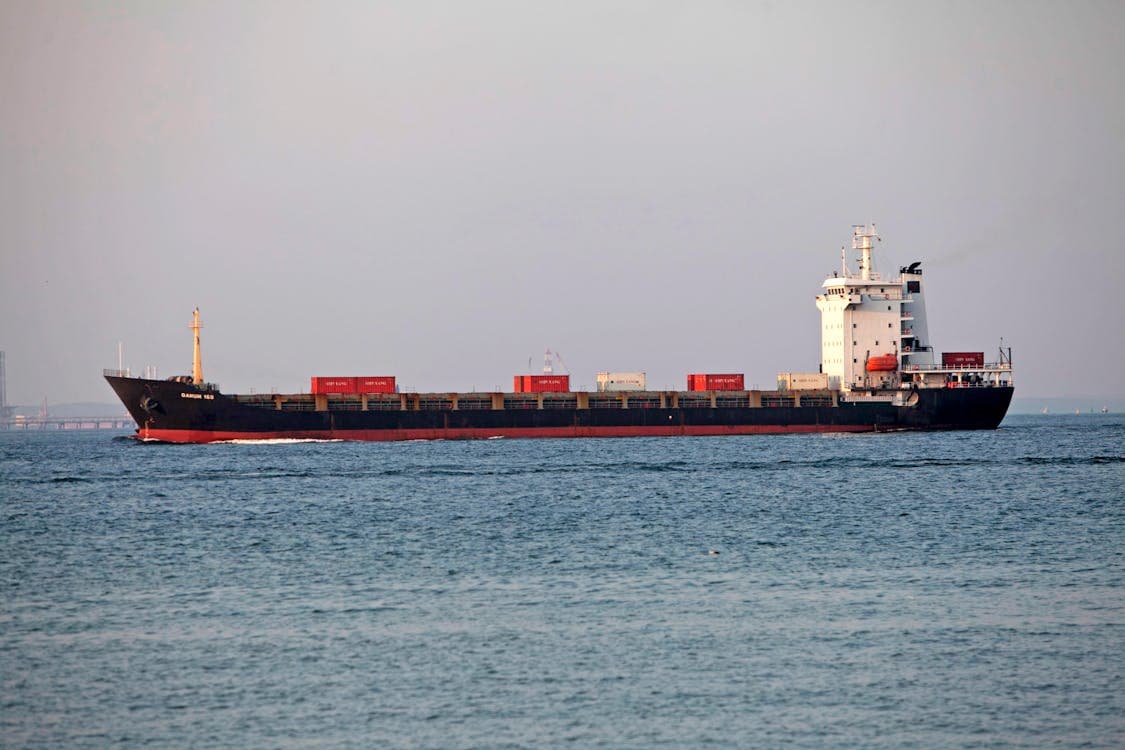The Role of Semi-Submersible Vessels in Offshore Oil and Gas Operations
In the ever-evolving world of offshore oil and gas operations, semi-submersible vessels have emerged as a crucial component. These floating platforms are designed to provide stability and versatility in challenging marine environments. In this article, we will explore the significance of semi-submersible vessels, their design features, and their applications in the offshore oil and gas industry.
What are Semi-Submersible Vessels?
Semi-submersible vessels are floating structures that are partially submerged in water, providing a stable platform for various offshore activities. They are typically used for drilling, production, and accommodation purposes. The unique design of these vessels allows them to remain stable in rough seas, making them ideal for operations in deep water.
Key Features of Semi-Submersible Vessels
-
Stability:
- The submerged hull design lowers the center of gravity, enhancing stability in turbulent waters.
- They can withstand high waves and strong winds, making them suitable for harsh marine environments.
-
Versatility:
- Semi-submersibles can be used for various purposes, including drilling, production, and as floating hotels for crew accommodation.
- They can be equipped with advanced technology for different operational needs.
-
Deep Water Capability:
- These vessels are designed to operate in deep water, often exceeding depths of 1,500 meters.
- Their ability to anchor securely allows for safe operations in challenging conditions.
-
Reduced Motion:
- The design minimizes the motion experienced by the platform, which is crucial for drilling operations and crew comfort.
Shop Marine Safety & Flotation Devices Now
Applications in Offshore Oil and Gas Operations
Semi-submersible vessels play a vital role in various aspects of offshore oil and gas operations:
1. Drilling Operations
- Deepwater Drilling: Semi-submersibles are commonly used for deepwater drilling due to their stability and ability to operate in extreme conditions.
- Dynamic Positioning: Equipped with dynamic positioning systems, these vessels can maintain their position over drilling sites without the need for anchors.
2. Production Platforms
- Floating Production Systems: Semi-submersibles can be converted into floating production units (FPUs) to extract oil and gas from subsea reservoirs.
- Processing Facilities: They can house processing facilities for separating oil, gas, and water, streamlining production operations.
3. Accommodation Vessels
- Crew Housing: Semi-submersibles can be outfitted with living quarters for crew members, providing a comfortable environment during offshore operations.
- Safety and Amenities: These vessels often include safety features and amenities to ensure the well-being of the crew.
4. Support Vessels
- Logistics and Supply: Semi-submersibles can serve as support vessels for transporting equipment and supplies to and from offshore installations.
- Emergency Response: Their stability makes them suitable for emergency response operations in case of incidents at sea.
Shop Boat Docking & Anchoring Equipment Now
Conclusion
Semi-submersible vessels are indispensable in the offshore oil and gas industry, providing stability, versatility, and advanced capabilities for various operations. Their unique design allows them to thrive in challenging marine environments, making them a preferred choice for deepwater drilling, production, and crew accommodation. As the demand for offshore resources continues to grow, the role of semi-submersible vessels will only become more significant.
For any questions or further information about offshore operations, feel free to chat with Mavyn GPT or connect with one of our human experts for personalized assistance!
